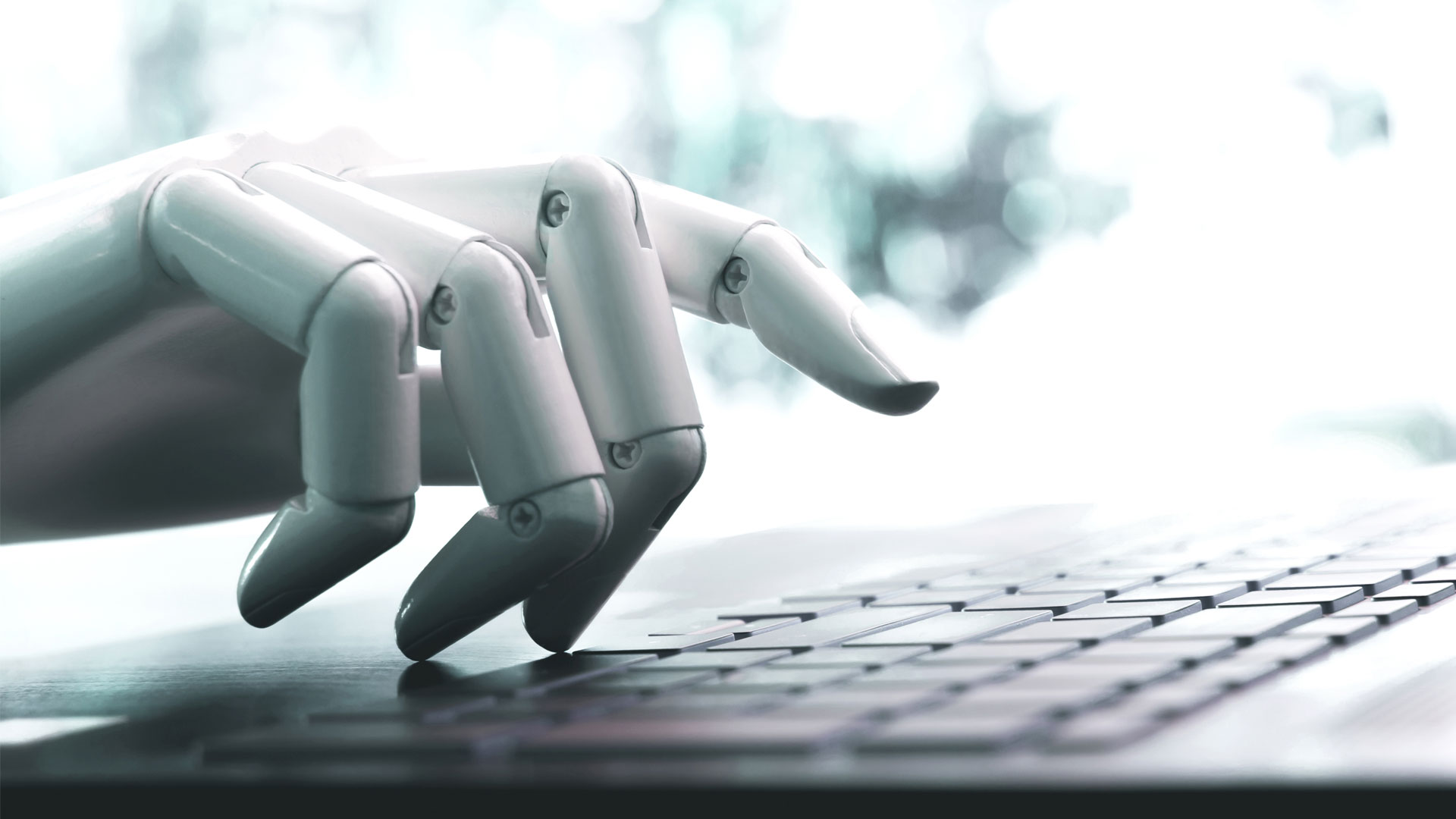Generative AI Boosts Mainframe Modernization Across Europe

Key Points
- Mainframes remain essential for banks, governments and large enterprises across Europe.
- Lack of documentation makes even minor updates risky and slows modernization.
- Static analysis combined with generative AI creates up‑to‑date code summaries and dependency maps.
- AI‑driven visibility helps meet strict European regulations such as GDPR, NIS2 and the AI Act.
- Organizations can modernize gradually—adding APIs, automation and better documentation—without replacing stable hardware.
European organizations are turning to generative AI to illuminate decades‑old mainframe systems that still power banks, governments and large enterprises. By combining static analysis tools with AI‑driven code summarization, teams gain the visibility needed to document, assess risk and comply with strict regulations such as GDPR and the AI Act. The approach enables gradual modernization—wrapping APIs, automating workflows and updating code—without dismantling stable infrastructure, offering a clearer path toward digital transformation while preserving the reliability of legacy platforms.
Background
Across Europe, many mainframes continue to run the core operations of banks, government platforms, infrastructure providers and the machines remain essential for scale, resilience and long‑term performance. IBM reports that a large majority of Fortune 500 companies rely on mainframe systems, and the market is expected to keep growing.
Despite repeated predictions of retirement, these systems still outperform newer architectures on critical tasks, but teams now face tighter regulations, faster delivery cycles and stricter documentation requirements.
Challenges of Legacy Environments
The main obstacle is not outdated hardware but a lack of clarity. Decades‑old code often lacks documentation, and the engineers who originally built the systems have moved on. As a result, even minor updates become risky and slow, creating friction for development, operations and reporting. Without clear insight, teams cannot easily explain how numbers are calculated or how records are processed, leading to increased manual checks, missed deadlines and compliance difficulties.
AI‑Driven Solution
Static analysis tools already provide deterministic views of complex codebases, but generative AI adds a new layer of value. By summarizing code, mapping dependencies and producing up‑to‑date documentation, AI helps teams understand systems as they function today rather than how they were originally designed.
This enhanced visibility supports safer modernization efforts. Teams can identify risk‑visible areas, prioritize changes, and justify outcomes to regulators. The AI‑augmented approach also streamlines collaboration between IT, security and business units, reducing the time needed to answer compliance inquiries.
Regulatory Context
European frameworks such as GDPR, NIS2, DORA and the AI Act set high expectations for traceability and auditability. In France, certain entities are designated as Operators of Vital Importance, requiring extra documentation and explainability. In the United Kingdom, similar systems are classified as critical national infrastructure, now including data centers.
Generative AI‑enhanced tooling meets these regulatory demands by making documentation adaptable and audit‑ready, easing coordination across teams and ensuring that modernization does not compromise compliance.
Path Forward
Modernization is shifting from a disruptive overhaul to a methodical process. Organizations start by asking what is still running, what can be adapted and what should remain untouched. With clearer insight, they can choose to retain stable systems while improving documentation, expose functionality through APIs, or wrap legacy code with automation.
This gradual transformation allows businesses to upgrade confidently without dismantling the reliable infrastructure that underpins critical‑national‑infrastructure services. The result is a balanced approach where legacy mainframes continue to deliver stability, while generative AI provides the transparency needed for digital transformation and regulatory compliance.